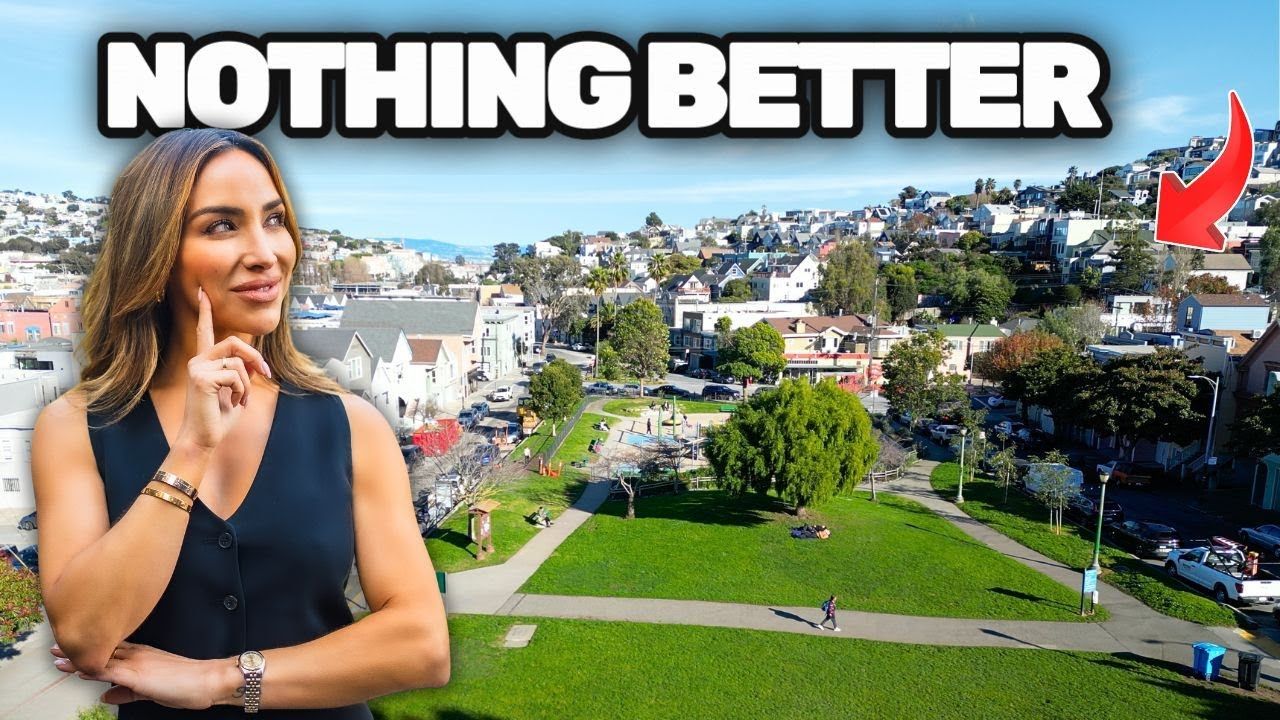Living In San Francisco: The Ultimate Guide Where to Live
If you're considering a move to San Francisco, you're probably overwhelmed by the city's 89 distinct neighborhoods and the many factors that influence choosing the perfect place to live. From commutes and schools to views, weather, walkability, and local amenities, the choices can be daunting. After living in the Bay Area for over 20 years and helping more than a thousand people buy and sell homes here, I’ve consolidated the top questions and insights into this comprehensive guide. This article distills two decades of experience into one resource, helping you navigate the complexities of living in San Francisco with confidence.
This is your ultimate guide to moving to and living in San Francisco, California. Whether you're drawn to the urban buzz, the stunning natural beauty, or the rich cultural fabric of the city, this guide will help you find the neighborhood that fits your lifestyle and budget perfectly.
Table of Contents
- Where Should I Live in San Francisco?
- San Francisco’s Unique Weather and Microclimates
- What Can You Get for Your Money in San Francisco?
- Types of Homes in San Francisco
- Work and Commute in San Francisco
- Transportation and Walkability
- Living Near the Best Things to Do
- Balancing Nature and City Life
- Summary: Finding Your Perfect Home in San Francisco
- FAQs About Living In San Francisco: The Ultimate Guide Where to Live
- Final Thoughts
Where Should I Live in San Francisco?
San Francisco offers an incredible variety of neighborhoods, each with its own unique personality and appeal. Choosing where to live ultimately depends on your lifestyle preferences and budget. Unfortunately, the reality is that not everyone can afford their dream neighborhood or the large home they envision. Many buyers opt for condos instead of single-family homes to be in more desirable areas without breaking the bank.
Walkability is a major factor for many. If you want to be within walking distance of restaurants, shops, and entertainment, expect to pay about a 20% premium. This premium reflects the convenience and vibrant lifestyle that walkable neighborhoods offer.
For those working in tech or commuting to Silicon Valley, proximity to shuttle stops or transit hubs might be a priority. Families, on the other hand, often focus on access to top-rated public or private schools. Other considerations include whether you work from home, want to live near the water, seek great views, or care deeply about weather and fog patterns.
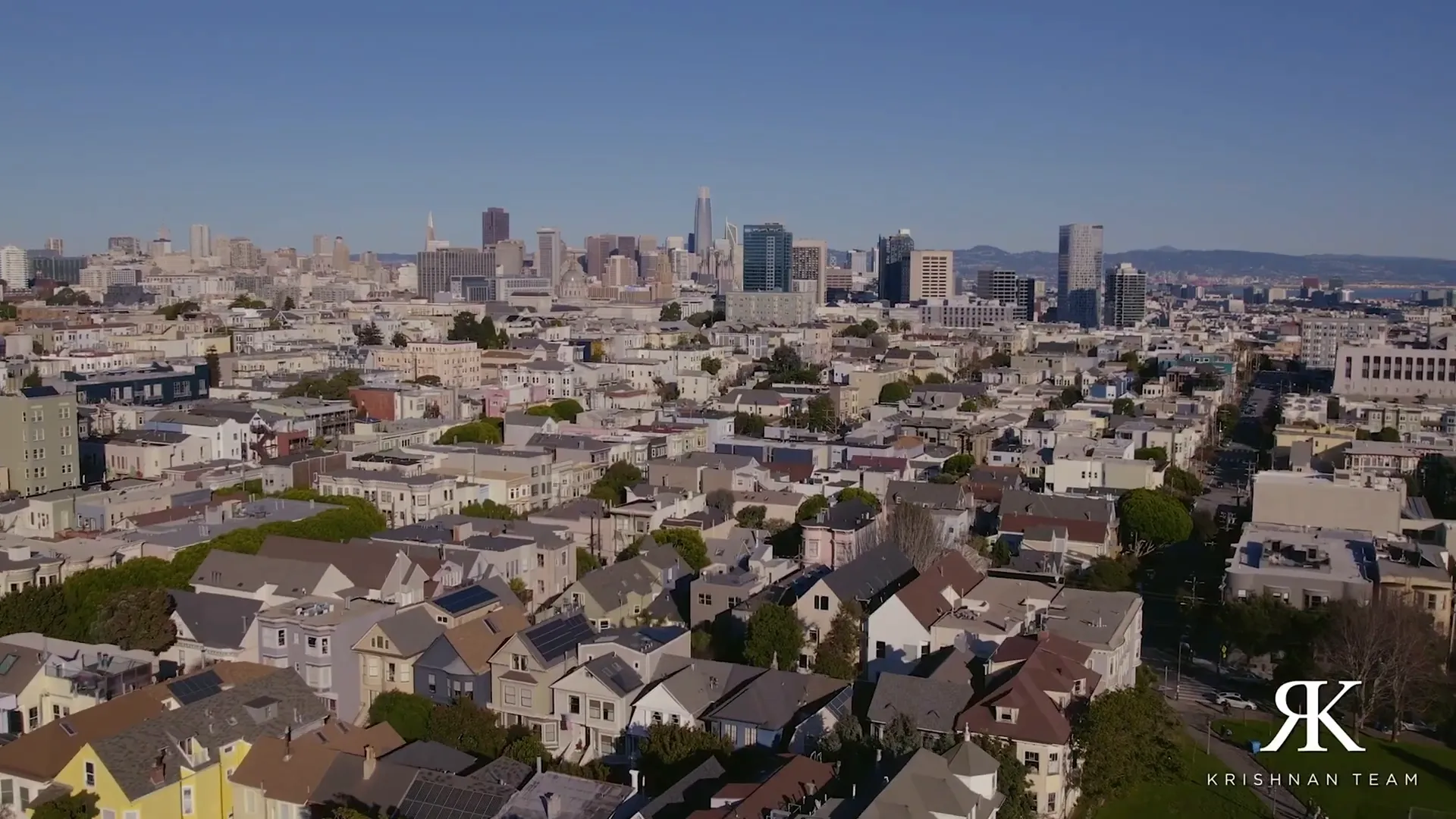
Urban Neighborhoods with Easy Downtown Access
If your workplace is downtown and you want a quick, easy commute, neighborhoods like South Beach, Mission Bay, and SoMa (South of Market) are excellent choices. These areas offer newer condos and apartments with modern amenities such as gyms, roof decks, and 24-hour doormen. They are also sunnier compared to other parts of the city.
The trade-off for these urban neighborhoods is that they tend to lack the classic San Francisco neighborhood charm and community feel found elsewhere.
Neighborhoods with Character and Charm
If you prefer neighborhoods with more character, consider Pacific Heights, Russian Hill, Hayes Valley, Potrero Hill, the Castro, or Noe Valley. These areas still offer relatively easy commutes downtown via Muni but feature colorful Victorian and Edwardian homes mixed with modern residences. You’ll find an abundance of local shops, cafes, and restaurants that foster a strong neighborhood vibe.
Potrero Hill, Noe Valley, Castro, and Hayes Valley particularly enjoy some of the best weather in the city, making them very attractive options for those who value sunshine and warmth.
Residential Neighborhoods with More Space
If you want a quieter, more residential feel but still want reasonable access to downtown, neighborhoods like Forest Hill, West Portal, the Richmond, and Mission Terrace are worth exploring. These areas tend to be further from the city center, allowing you to stretch your budget and potentially buy a larger single-family home.
Neighborhoods with Top Public and Private Schools
For families prioritizing education, certain neighborhoods excel due to their access to the best public schools. Clarendon Heights, West Portal, and Miraloma Park are great options that combine urban convenience with excellent schools.
Most private high schools are concentrated on the northern side of the city, so neighborhoods like Pacific Heights, Presidio Heights, Lake Street, and the Marina are ideal for families seeking private education. Noe Valley is a popular choice for families with younger children due to its access to private K-8 schools and family-friendly vibe.
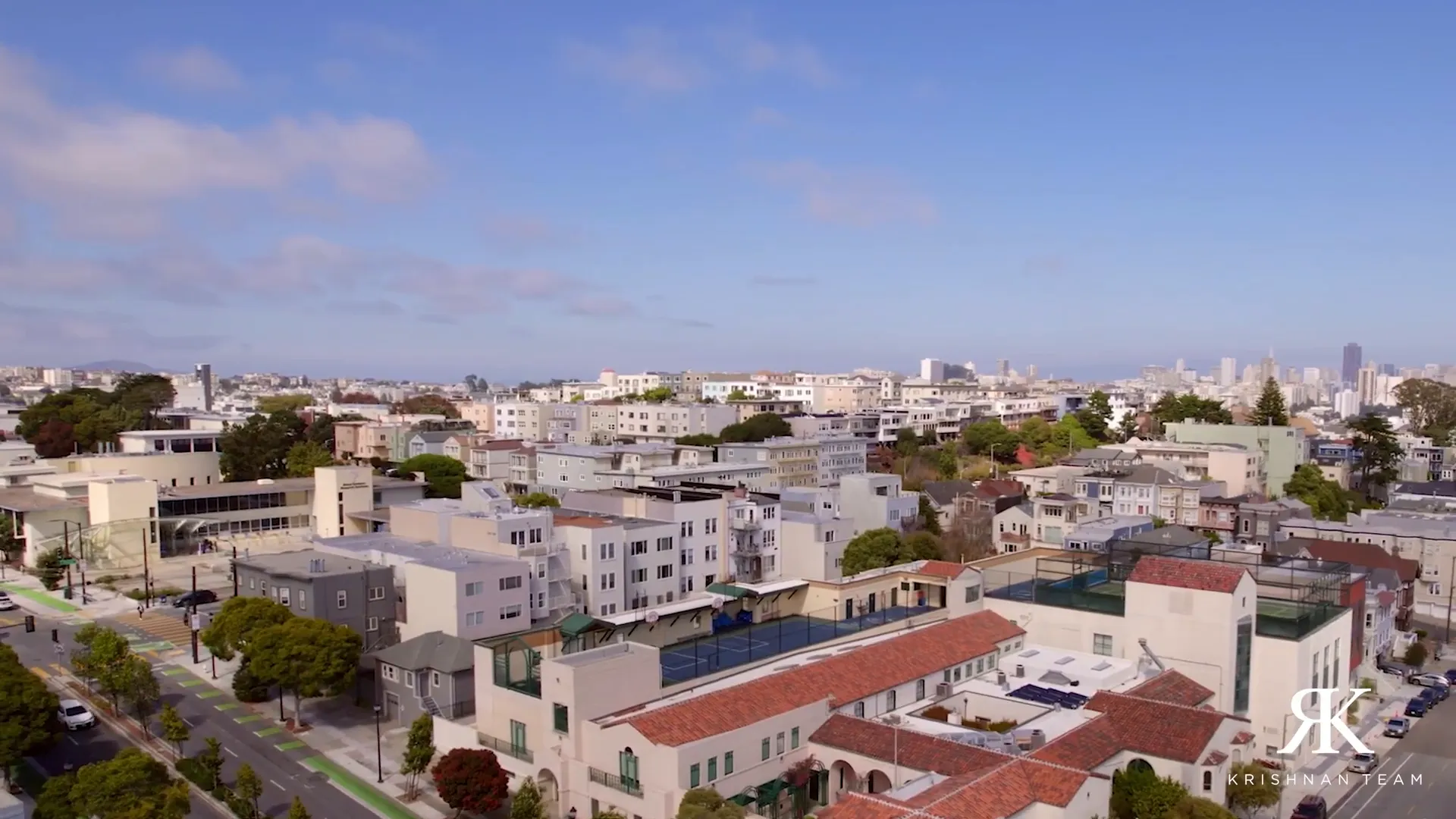
San Francisco’s Unique Weather and Microclimates
One of the most fascinating aspects of living in San Francisco is its incredible variation in weather from neighborhood to neighborhood. The city is famous for its microclimates, which can change dramatically over just a few miles or even a few blocks. This means you might drive for 10 minutes and feel like you need a different wardrobe.
San Franciscans always dress in layers because the weather can be unpredictable, often influenced by fog and wind.
How Fog and Wind Shape Neighborhood Weather
The biggest weather factor is fog mixed with wind, which affects each part of the city differently. Neighborhoods closest to the ocean, such as the Sunset and Richmond districts, tend to be foggier and colder because the fog rolls in from the Pacific and can linger for days.
As you move further east, the weather improves. Central neighborhoods like Noe Valley and the Mission are notably sunnier and warmer. The sunniest and warmest part of the city is often South Beach, where temperatures can be 10 to 15 degrees warmer than foggy western neighborhoods.
Microclimates and Neighborhood Choice
Microclimates can even vary block to block within a neighborhood. For example, in Noe Valley, the higher up the hill you go, the less sun and more wind you experience.
To get a true feel for the weather, it’s essential to visit neighborhoods at different times of day and in varying weather conditions. Watch how the fog moves, feel the temperature changes, and consider where you feel most comfortable.
September is the warmest month in San Francisco, often misleading new residents because the entire city experiences a heat wave during this time. Summers, however, are typically the foggiest months, with the famous “June Gloom” dominating the weather.
What Can You Get for Your Money in San Francisco?
San Francisco’s real estate market is famously expensive. The median home price is just over $1.7 million, making it one of the least affordable cities in the country. However, affordability varies widely by neighborhood.
More Affordable Neighborhoods
The most affordable housing tends to be on the southwestern and eastern edges of the city. If your budget is below the median price, neighborhoods like Outer Sunset, Outer Richmond, Portola, and Mission Terrace offer options for single-family homes or condos at more accessible prices.
Condos in Sought-After Neighborhoods
For a similar budget, you might find smaller two-bedroom condos in highly desirable neighborhoods with good weather and walkability such as Noe Valley, Pacific Heights, Cole Valley, and Russian Hill.
Pricing by Square Foot
Single-family homes in premium neighborhoods command a high price per square foot, typically between $1,400 and $1,500. In ultra-premium areas like Pacific Heights, prices can exceed $2,000 per square foot.
A typical budget for a good-sized home in these locations ranges between $4 million and $6 million but can climb significantly from there.
The premium for these neighborhoods is largely driven by excellent weather, walkability, and in some cases, stunning views.
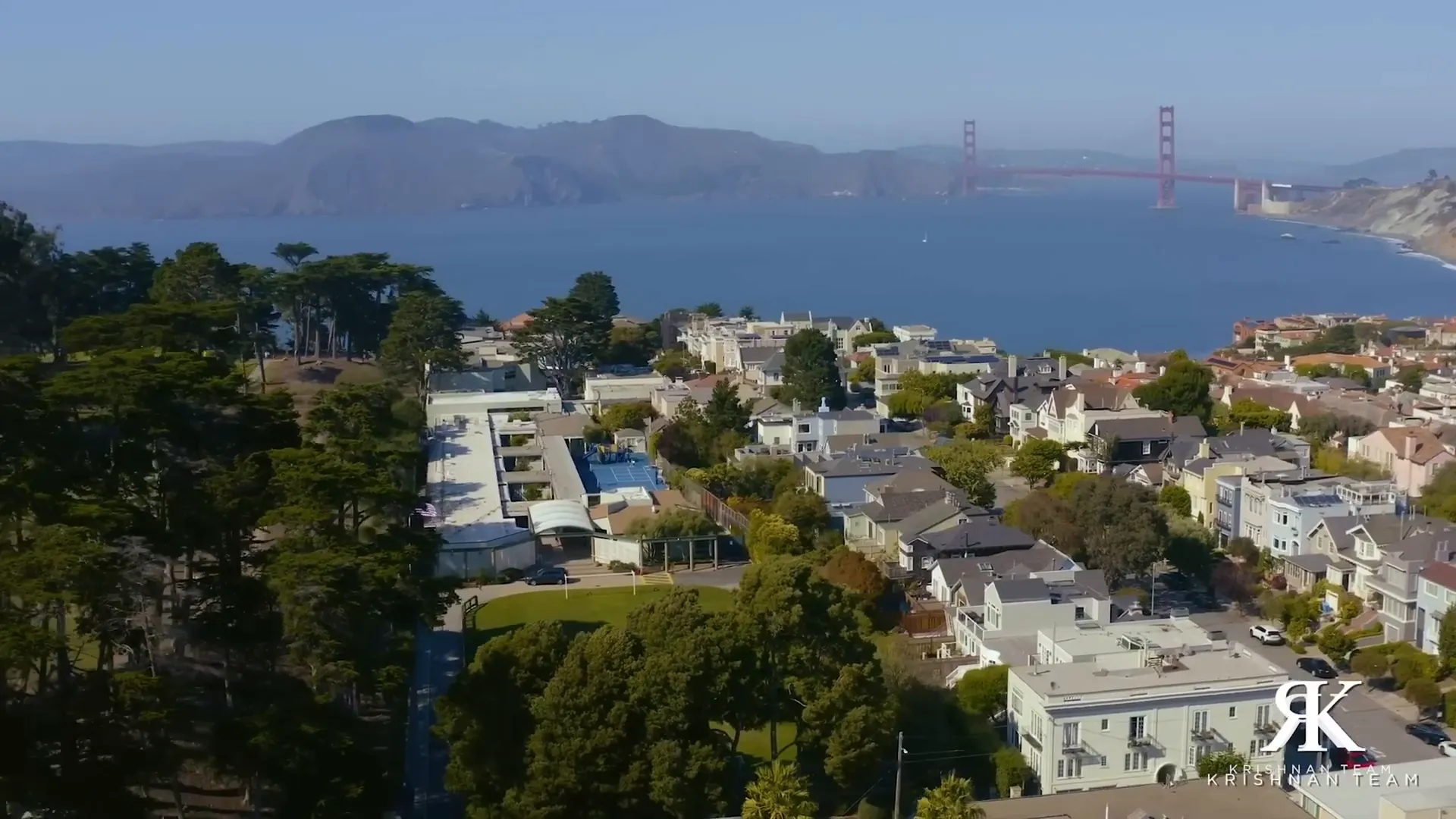
Types of Homes in San Francisco
San Francisco’s housing stock is incredibly diverse, reflecting its rich history and dynamic growth. Whether you want historic charm or sleek modernity, there is something for everyone.
Historic Victorian and Edwardian Homes
If you love classic architecture and old-world charm, Victorian and Edwardian homes are the hallmark of San Francisco. Built between the late 1800s and early 1900s, these homes feature intricate details such as ceiling medallions, wainscoting, high cove ceilings, and ornate woodwork.
Many of these homes have been thoughtfully renovated, preserving original details while updating interiors for modern living. Some renovations retain the historic feel inside, while others opt for a more contemporary look while maintaining the exterior’s classic charm.
Neighborhoods with stunning examples of these homes include Pacific Heights, Noe Valley, and the iconic Alamo Square, home to the famous Painted Ladies.
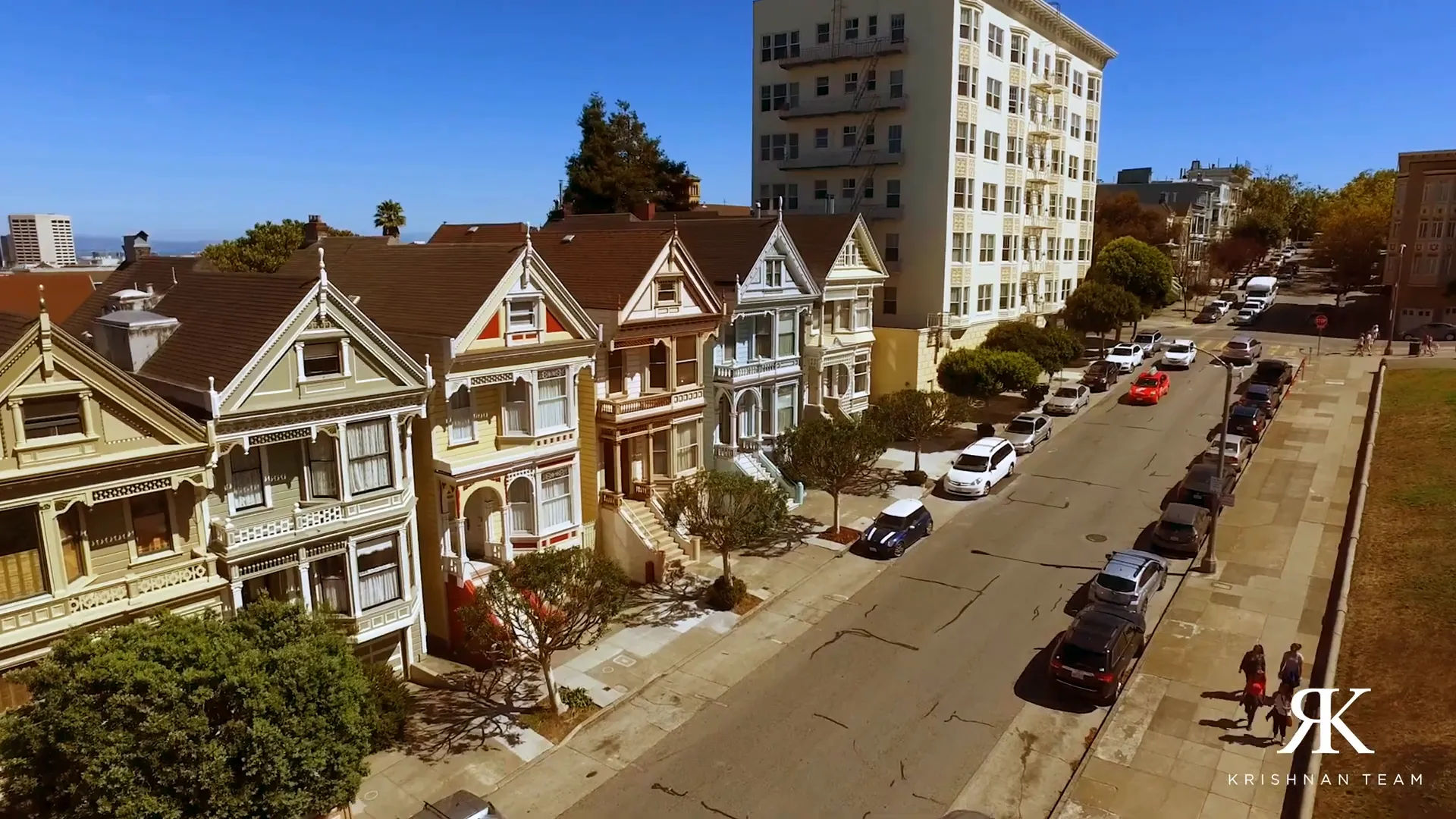
Modern Homes and New Developments
For those who prefer sleek, modern living, neighborhoods like South Beach and Mission Bay offer high-rise condos with floor-to-ceiling windows, roof decks, gyms, and 24-hour doormen.
Some historic homes that are not on the protected historic list have been replaced with modern steel and glass constructions, creating a striking juxtaposition of old and new architecture.
Single-Family Homes on a Budget
If you want a single-family home but have a tighter budget, neighborhoods such as Glen Park, Bernal Heights, and Miraloma Park offer a mix of architectural styles, including 1920s bungalows, mid-century modern homes, and newer construction.
Iconic San Francisco Styles
The Marina district is famous for its classic San Francisco homes. You’ll also find similar styles scattered throughout the Sunset and Outer Richmond neighborhoods.
Spanish Mediterranean homes are another favorite architectural style, often seen in Forest Hill and St. Francis Wood, with charming examples sprinkled throughout the city.
San Francisco’s real estate diversity is one of its greatest assets, offering everything from classic Victorians to modern new builds, hilltop homes with panoramic views, and conversion lofts.
Work and Commute in San Francisco
Proximity to work is a critical factor for many residents. San Francisco is the heart of the tech world, hosting giants like Salesforce, Google, Uber, and many startups. Neighborhoods like SoMa, downtown, Mission Bay, and South Beach have become hubs for tech, featuring new office developments and high-rise condos.
However, tech is not the only major employer. Healthcare, led by UCSF, is a significant sector. The Financial District houses many banking and finance firms, while tourism and hospitality remain strong contributors to the local economy.
Creative industries such as design, architecture, and advertising are growing, with neighborhoods like the Mission and Potrero Hill becoming hotspots for creative agencies.
The Rise of Remote Work
Remote work has introduced more flexibility in where people choose to live. Many now prioritize space, outdoor access, or affordability over proximity to the office.
Commuting Tips
If you commute to Silicon Valley, focus on neighborhoods with easy access to highways 101 or 280, or near Caltrain stations. For downtown workers, neighborhoods along the BART line or with good Muni access are ideal.
Understanding your commute priorities versus living space and budget is key to finding the right home.
Transportation and Walkability
Unlike many major cities, San Francisco is highly walkable and transit-friendly. Many neighborhoods allow residents to run errands and socialize entirely on foot.
Walkable neighborhoods include Pacific Heights, the Marina, Cow Hollow, Hayes Valley, North Beach, Inner Sunset, Cole Valley, and Noe Valley. These areas boast abundant restaurants, shops, and amenities within easy reach.
The city’s public transit system, including BART and Muni, provides extensive coverage, making it easy to get around without a car. Even neighborhoods further out, like the Richmond and Sunset, have good transit options, such as the N Judah Muni line.
While some outer neighborhoods are more car-dependent, many residents opt for ride-hailing services like Uber or Lyft instead of owning a car.
Living Near the Best Things to Do
San Francisco’s compact size means you’re never far from world-class dining, stunning outdoor spaces, and a thriving arts and cultural scene, regardless of where you live.
Food and Dining
For food lovers, San Francisco is a paradise with numerous Michelin-starred restaurants. The Marina, Pacific Heights, and the Mission neighborhoods are especially known for their vibrant dining scenes, but great restaurants can be found citywide.
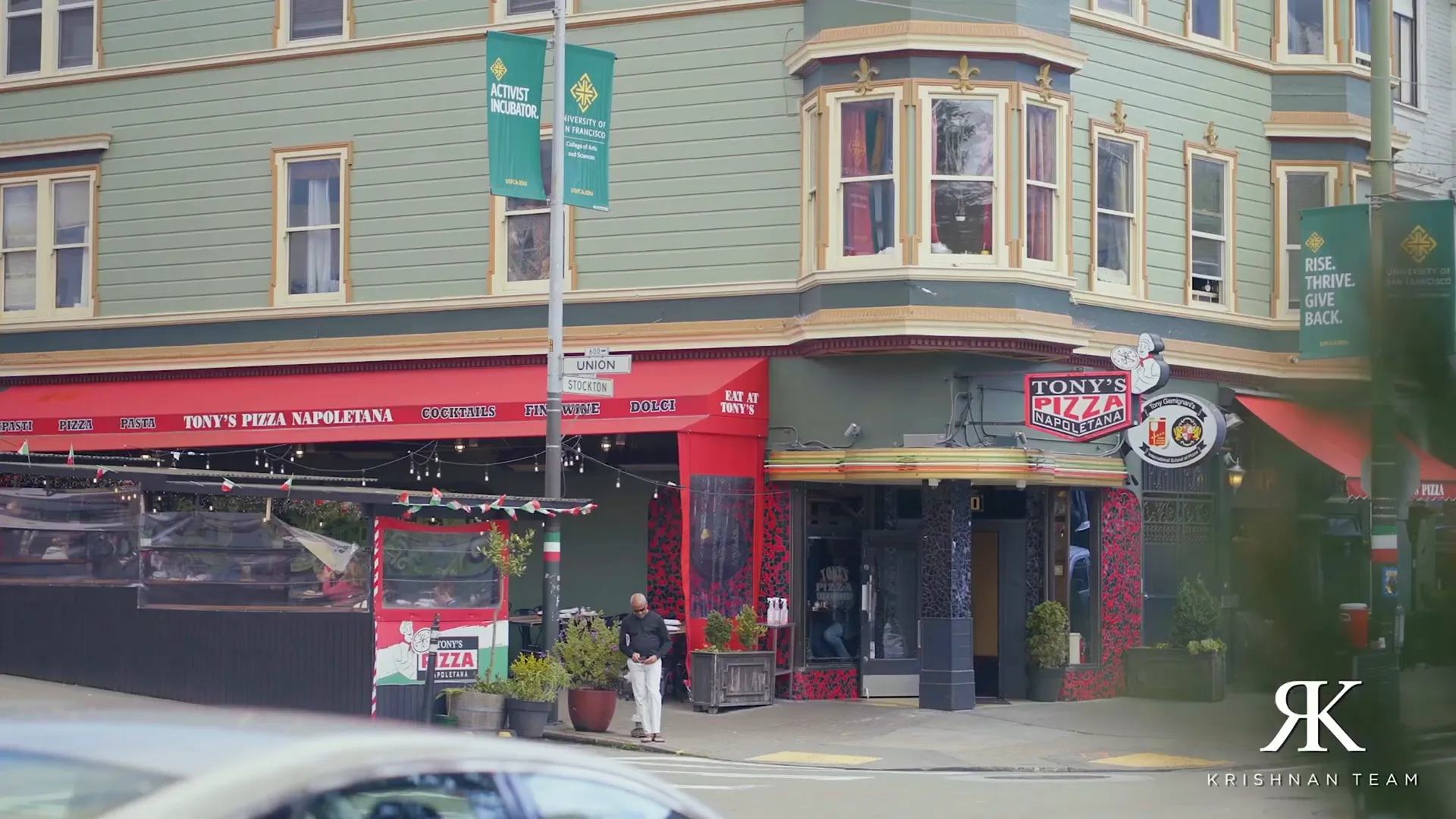
Outdoor Activities and Parks
Golden Gate Park, larger than New York City’s Central Park, offers miles of trails, gardens, and attractions like the California Academy of Sciences and the de Young Museum.
Waterfront areas like Lands End and Crissy Field provide stunning hikes and views of the Golden Gate Bridge. Beach lovers can live near the shores in the Richmond or Sunset districts.
Neighborhoods such as the Richmond, Presidio, Sea Cliff, Pacific Heights, Cow Hollow, and the Marina provide easy access to outdoor activities.
Hidden stairways and hilltop parks with panoramic city views can be found in Burnal Heights, Dolores Heights, Corona Heights, Russian Hill, and Glen Park.
Arts and Culture
San Francisco’s cultural offerings are vast. The SoMa neighborhood houses world-renowned museums like SF MOMA and the Museum of the African Diaspora. The Civic Center hosts City Hall, the Opera House, and the Symphony.
The Mission and Dogpatch are hubs for street art, and nearly every neighborhood hosts unique festivals and cultural events throughout the year, such as the Cherry Blossom Festival in Japantown and Dia de los Muertos celebrations in the Mission.
San Francisco also boasts quirky street festivals unique to the city, like SantaCon, where thousands dress as Santa Claus for a city-wide pub crawl, and the Bay to Breakers race, famous for its costumes and festive atmosphere.
Balancing Nature and City Life
Whether you want to be close to nature or near the action, San Francisco’s compact geography means you can have both. Neighborhoods like the Richmond and Sunset offer access to Golden Gate Park and Ocean Beach while maintaining walkability and reasonable transit access to downtown.
Ultimately, it’s about prioritizing what matters most to you. If you’re a die-hard foodie, the Marina or Mission might be perfect. If nature is your priority, consider the Richmond or Sunset neighborhoods.
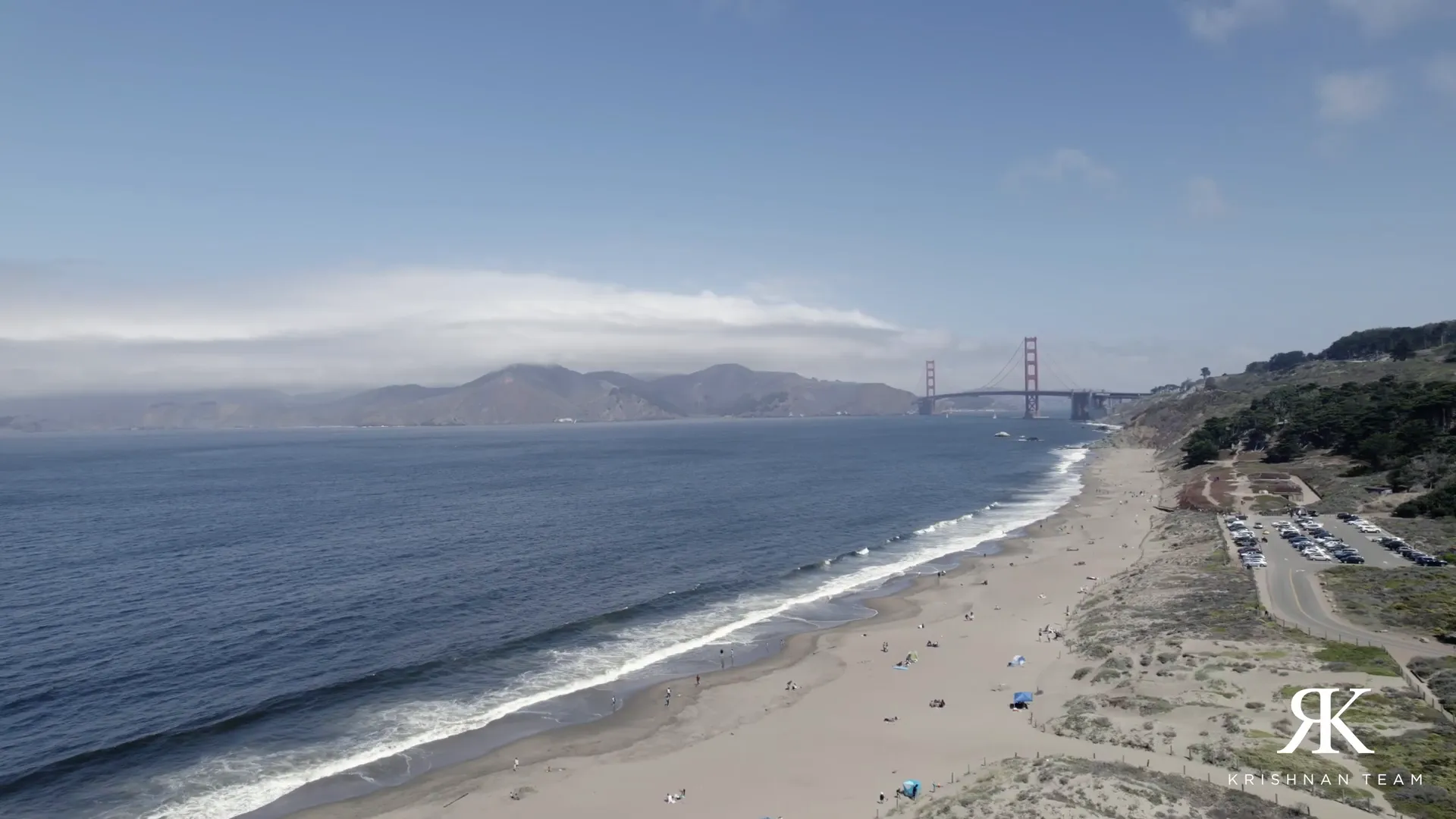
Summary: Finding Your Perfect Home in San Francisco
Choosing the right neighborhood and home in San Francisco involves weighing many factors:
- Budget: Condos can be more affordable than single-family homes, especially in pricey neighborhoods.
- Commute: Proximity to work, transit options, and willingness to commute.
- Lifestyle: Walkability, access to restaurants, shops, parks, cultural amenities.
- Weather: Microclimates affect fog, sun, and temperature.
- Schools: Public and private school access for families.
- Home Type: Historic charm vs. modern amenities, single-family vs. condo.
San Francisco’s diversity in neighborhoods and homes means there is truly something for everyone, but the key is understanding your priorities and exploring neighborhoods accordingly.
FAQs About Living In San Francisco: The Ultimate Guide Where to Live
Is San Francisco a good place to live for families?
Yes, many neighborhoods offer excellent public and private schools, parks, and family-friendly amenities. Noe Valley, West Portal, and Pacific Heights are particularly popular with families.
What neighborhoods have the best weather in San Francisco?
The sunniest and warmest neighborhoods are generally in the central and eastern parts of the city, including South Beach, Noe Valley, Potrero Hill, and the Mission. The Sunset and Richmond districts are cooler and foggier due to their proximity to the ocean.
How important is walkability in San Francisco?
Walkability is highly valued and often comes with a premium. Many neighborhoods are extremely walkable, allowing residents to run errands, dine out, and socialize without a car.
What is the typical home price in San Francisco?
The median home price is just over $1.7 million, but prices vary widely by neighborhood and home type. Single-family homes in premium neighborhoods can range from $4 million to $6 million or more.
Do I need a car to live in San Francisco?
Not necessarily. San Francisco is well-served by public transit, and many neighborhoods are walkable. Ride-hailing services are also widely used. However, some outer neighborhoods are more car-dependent.
What types of homes are common in San Francisco?
San Francisco offers a mix of historic Victorian and Edwardian homes, modern condos and high-rises, single-family homes in various architectural styles, and unique hilltop properties with views.
Where should I live if I work in Silicon Valley?
Look for neighborhoods with easy access to highways 101 or 280 or near Caltrain stations, such as parts of South San Francisco, the Peninsula, or neighborhoods close to Caltrain stops like Mission Bay or SoMa.
Final Thoughts
Living in San Francisco offers an unparalleled blend of urban excitement, natural beauty, cultural richness, and architectural diversity. Whether you’re drawn by the tech industry, the food scene, the arts, or the outdoors, San Francisco has a neighborhood that can meet your needs.
Understanding the city’s microclimates, real estate market, commute options, and lifestyle offerings will empower you to make an informed decision about where to live. Take the time to visit neighborhoods at different times and in different weather to get a true feel for what life will be like.
San Francisco is a city of neighborhoods, each with its own personality and charm. With the right guidance and insight, you can find your perfect home in this vibrant, diverse city.
For an easy-to-understand guide, you can download my FREE San Francisco Neighborhood Guide here, which I created after living here for 20 years! If you seek in-depth insights or assistance navigating the San Francisco housing market, I am the local expert you need to contact. Please feel free to reach out to me at 415-735-5867. While this guide serves as an excellent starting point, personalized guidance can significantly enhance your home-finding journey!

